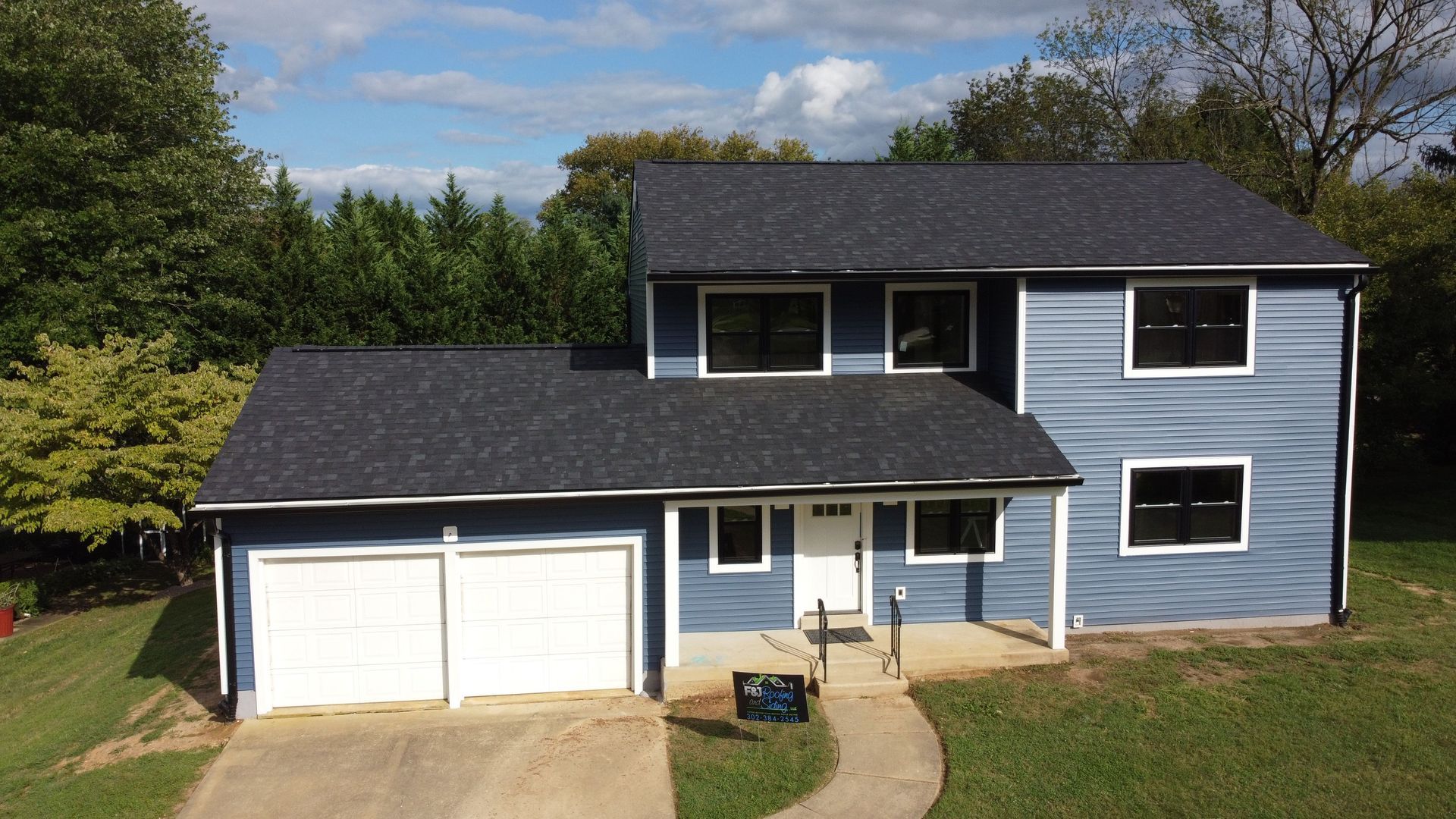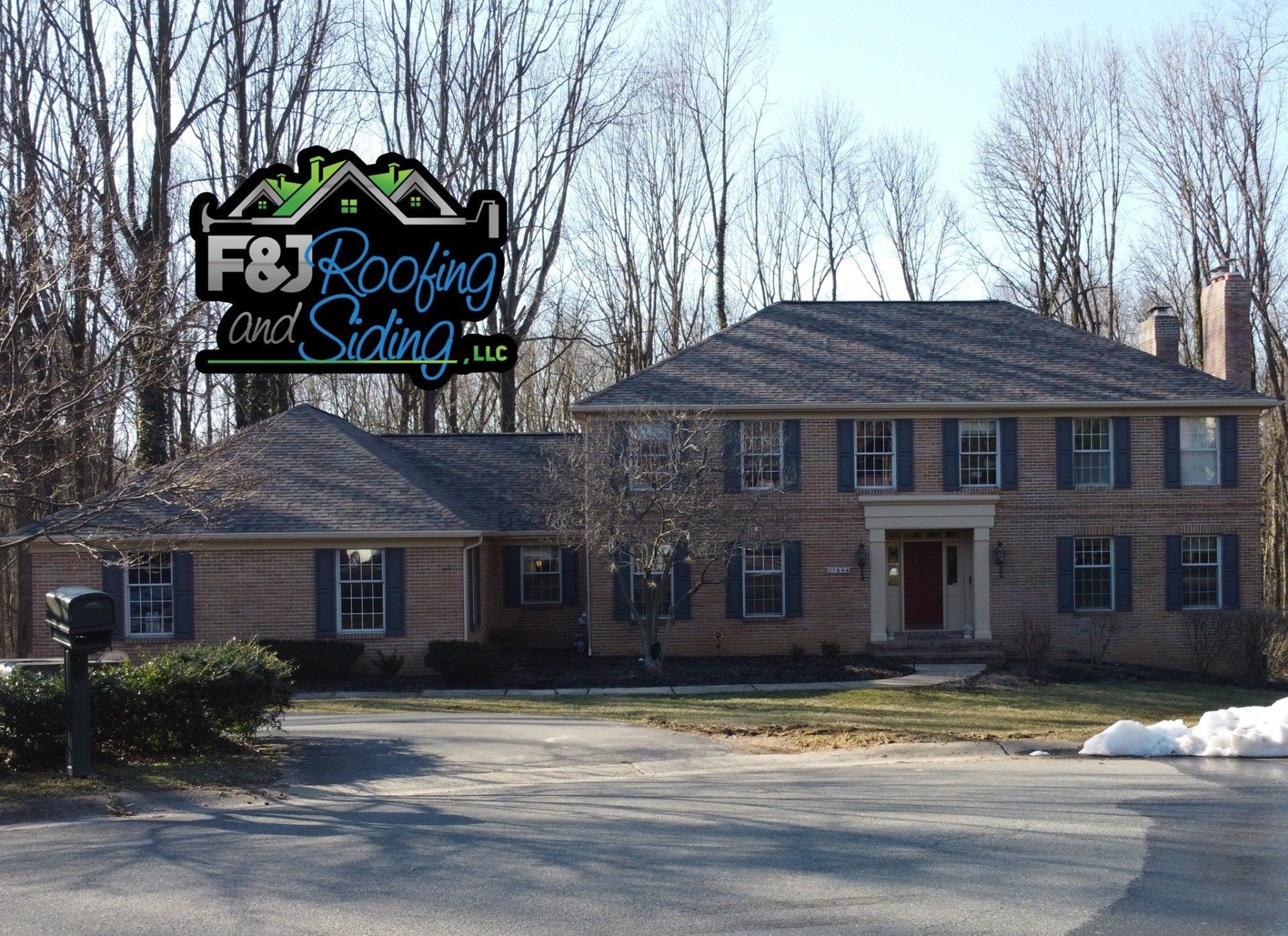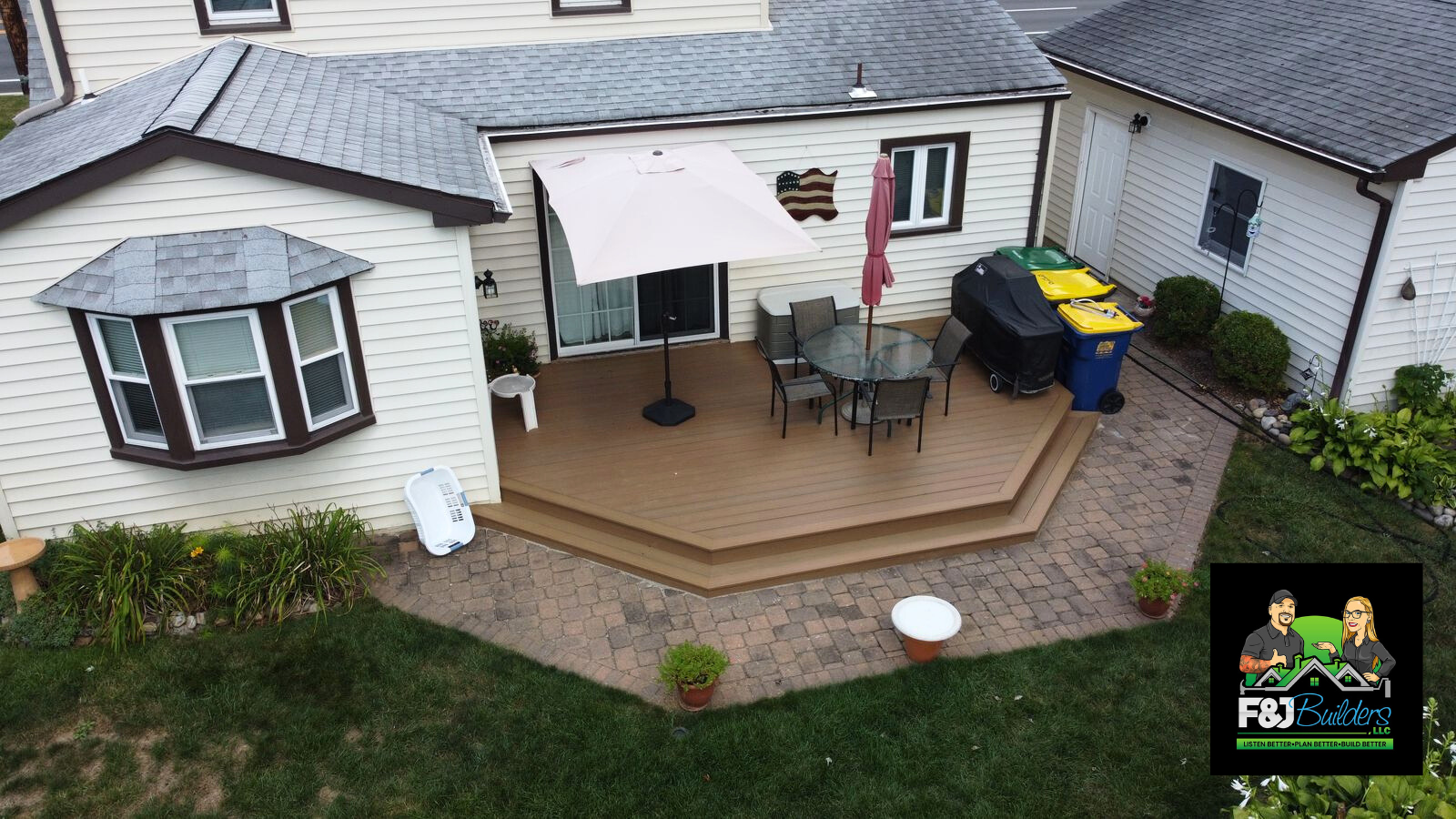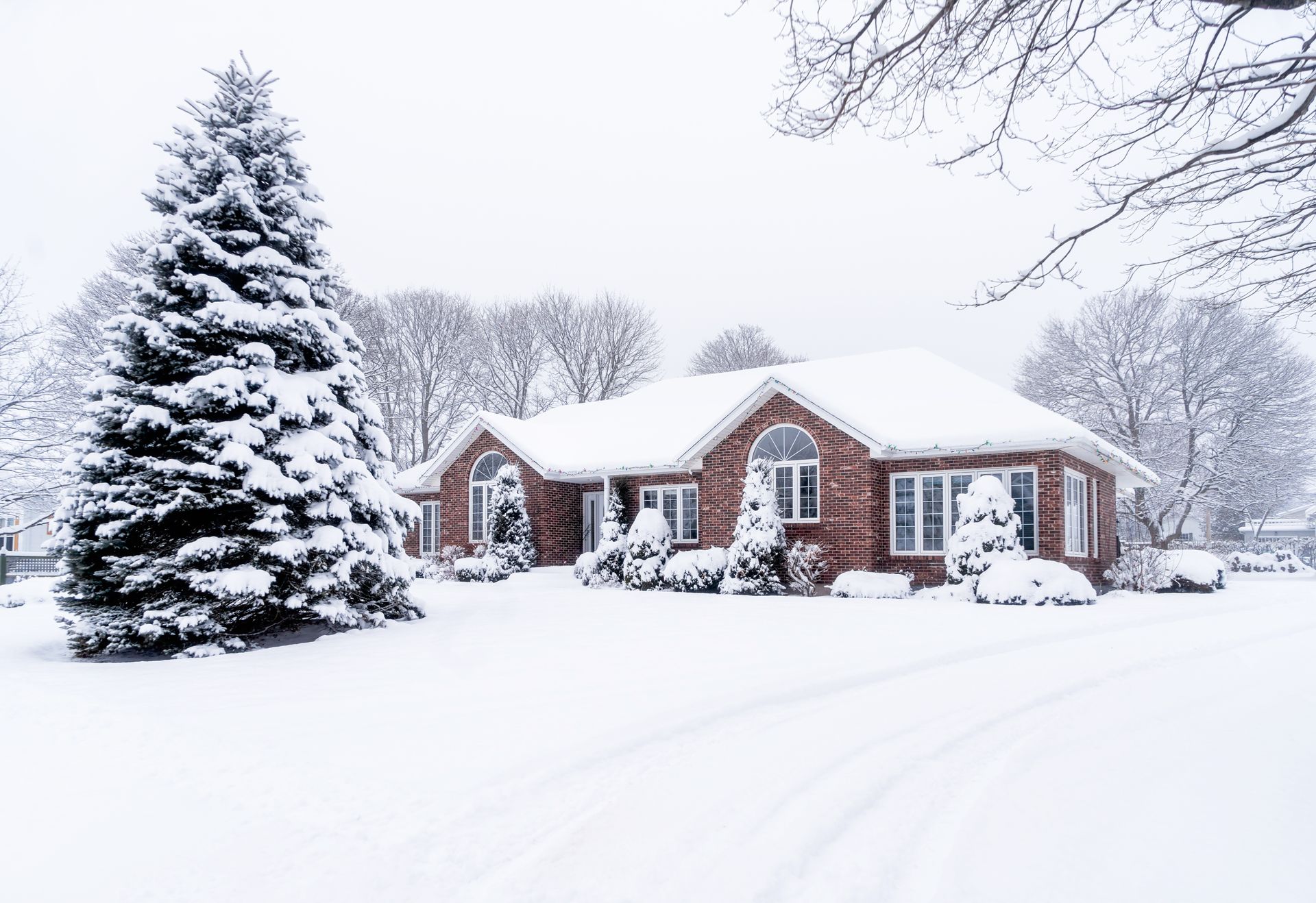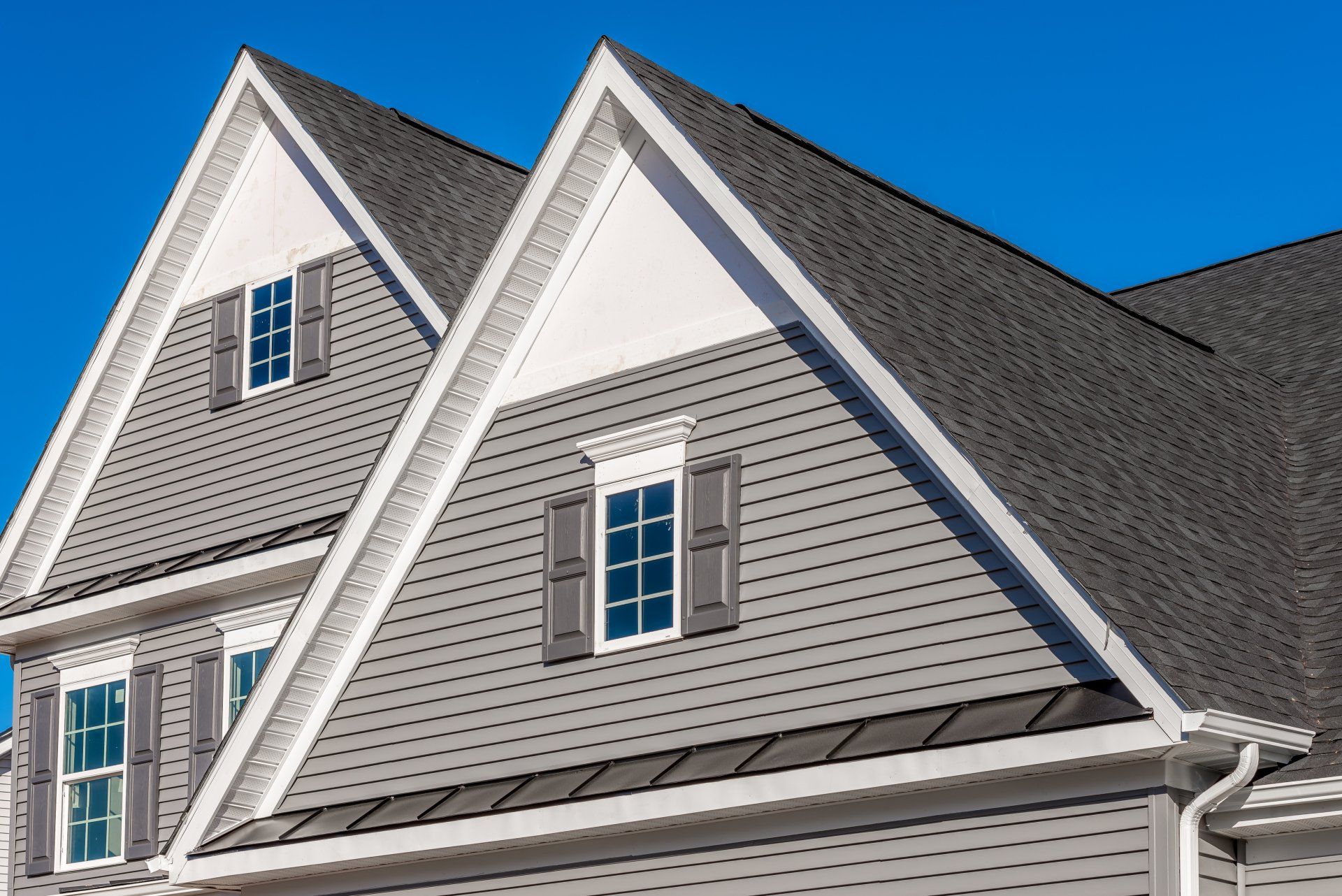Three Roofing Hazards To Watch Out For This Winter
Francis Biddle • November 30, 2021
Winter has no mercy on anything, such as our faces, fingers, toes, roads, or roofs. Throughout winter, there are often more storms (that pile on several inches or more of snow, depending on where you live), more unrelenting weather conditions, and severe temperature fluctuations. These factors make it challenging for roofs to survive and make it more complicated to repair issues once they occur.
Read on to find the three most prevalent roofing problems that like to appear during winter.
Powerful Wind
The wind is an expert at finding the weak points in things: tree limbs, telephone lines, power generators, and even roofs; if your roof is getting on in years, then there are undoubtedly problems that the wind will discover and exploit. Additionally, the wind will force moisture underneath the shingles, even if your roof is secure; if you leave the moisture unresolved as it sits beneath the shingles, it will cause issues later on.
Typically, the roofs on business buildings manage to stand better in powerful winds because of their flat surfaces. Yet, they are seldom completely flat, so damage to the roof is still a possibility.
Roof coverings may become cracked or damaged in the event of strong gusts. Furthermore, damaged shingles produce an opening for water to get beneath the exterior of the roofing element, raising the chance of leakages and water damage to the wood below.
Incredible Snow
Snow is the backdrop of Christmas memories, many RomComs, snowball fights, and other recreation; however, snow can be significant pain for homeowners trying to keep their roof another year. In addition, if the snow on the roof is not monitored, it can accrue over the winter and ultimately pose a risk for the roof's integrity and put a home at risk.
Various kinds of roofs are constructed to manage varying quantities of weight, but leaving more notable amounts of snowfall to stack up on the roof will unquestionably influence its load-bearing capability. Additionally, a big roof may produce a large abundance of pressure to the roof, compressing the home's insulation and possibly ruining the roof. If left unmonitored, it may result in a total roof collapse.
A few significant symptoms of a roof exceeding its weight limit include, but are not limited to:
- Clamorous popping sounds emitted from it.
- Bending supports.
- Warped beams or planks.
- Any deformity in the walls or ceiling of the home.
Temperature and Weather Changes
Temperature changes are often more significant in size during the winter months, depending on where you live. Therefore, the daytime tends to be considerably warmer than the nighttime, and that recurring temperature fluctuation may cause notable damage to your roof.
As time goes on, your roof's capability to adapt to these temperature fluctuations declines, and ultimately, those endless contractions and expansions can reduce the roof's lifespan. In addition, this issue may expose itself in ways such as joints popping or cracking, seams ripping free, and severed flashings, which are all problematic and costly to fix.
To avoid these, it's imperative that you give our roofing experts
at F&J Builders a call! Our crew will analyze your roof and its quality. Don't worry; we don't advocate for a new roof unless it's necessary! Don't risk leaving yourself out in the cold this winter because of a subpar roof. Give us a call
or fill out our online contact form
today!
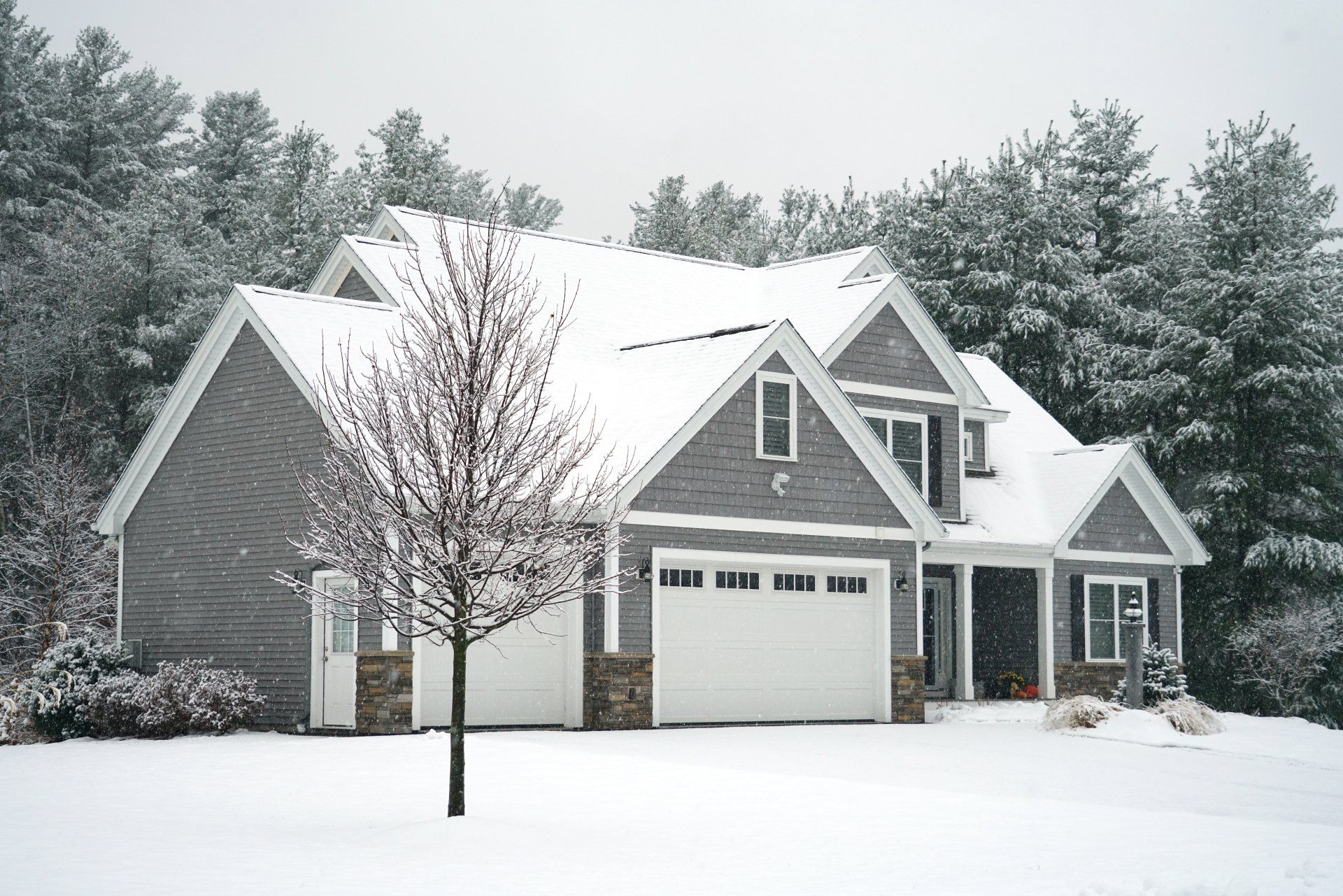
The fall is gradually coming to an end, and with it comes the cold winter. If you’re yet to prepare your home for the weather, now is the perfect time to do so. Check out our simple guide for how to prepare your home and the most important to-do list for winter. Check the Heating System Winter is a cold and long season, and one of the ways to combat the cold during this period is having an efficient heating system. Before the weather turns dreary and cold, you need to make sure your heating system is all in order. Have a professional come take a look at it and change the filters. Some of the things to look out for include screeching noise, blocked ducts, a faulty thermostat, and bad filters. You don’t want to wait until it’s too cold to discover that your heating system is underperforming. You can save yourself the frustration, money, and time by scheduling a routine maintenance check. Seal Windows and Doors Gaps in your windows/doors are the easiest way to lose heat during winter. If you have the budget, you can replace your windows and doors. However, if that isn’t in the books, you can explore other options like insulation or caulking. Besides, properly insulating your home before the cold comes will ensure your home stays warm during winter. Inspect your Chimney and Fireplace Your chimney and fireplace will be doing a lot of work soon; it’s only wise to inspect them before you start using them daily. Now is also the perfect time to stack that firewood and make sure you have enough to last for a long time. A physical inspection of both fireplace and chimney can ensure you’re good to go for the incoming wood burning. Some of the things to look out for include: Missing bricks from the chimney Debris or bed nest near the chimney cap Tree branches close to chimney Ensure that there are no missing bricks in the fireplace The fireplace is clean and dry No combustible materials near the fireplace and chimney Pack Your Outdoor Spaces Your outdoor space will see little or no action during the winter. Now is the best time to clean out your outdoor furniture and accessories to prevent any damage. Start by debugging your plants and packing the grill and furniture inside before the first snow hits. You can store these items away in your garage and bring them out once the snow is gone. Prepare For Winter Storms Winter storms may not happen often but you want to be prepared for when they do occur. Get a home and car emergency kit and place it somewhere reachable at all times. You also need to ensure your oil tank is full and, if possible, get a generator. The possibility of the power going off during a storm is quite high. However, with a fully-powered generator and reserved fuel, you can ride the storm without any qualms. Inspect the Roof You sure don’t want melting snow leaking down your roof in the thick of the winter. This is why you need a roof inspection to help you spot any potential issues. You can either do your roof inspection yourself or call a professional. If you’re going the DIY route, here are some of the things to check and do: Missing or damaged shingles Large accumulation of moss which may signal decay Trim tree branches close to the roof and house Check gutters for clogging, debris and corrosion. Depending on the damage you find, you may have to find a professional roof contractor for repairs. Our team at F&J Builders are expert home contractors with years of experience and professional service. Give us a call today or fill out our online contact form !










